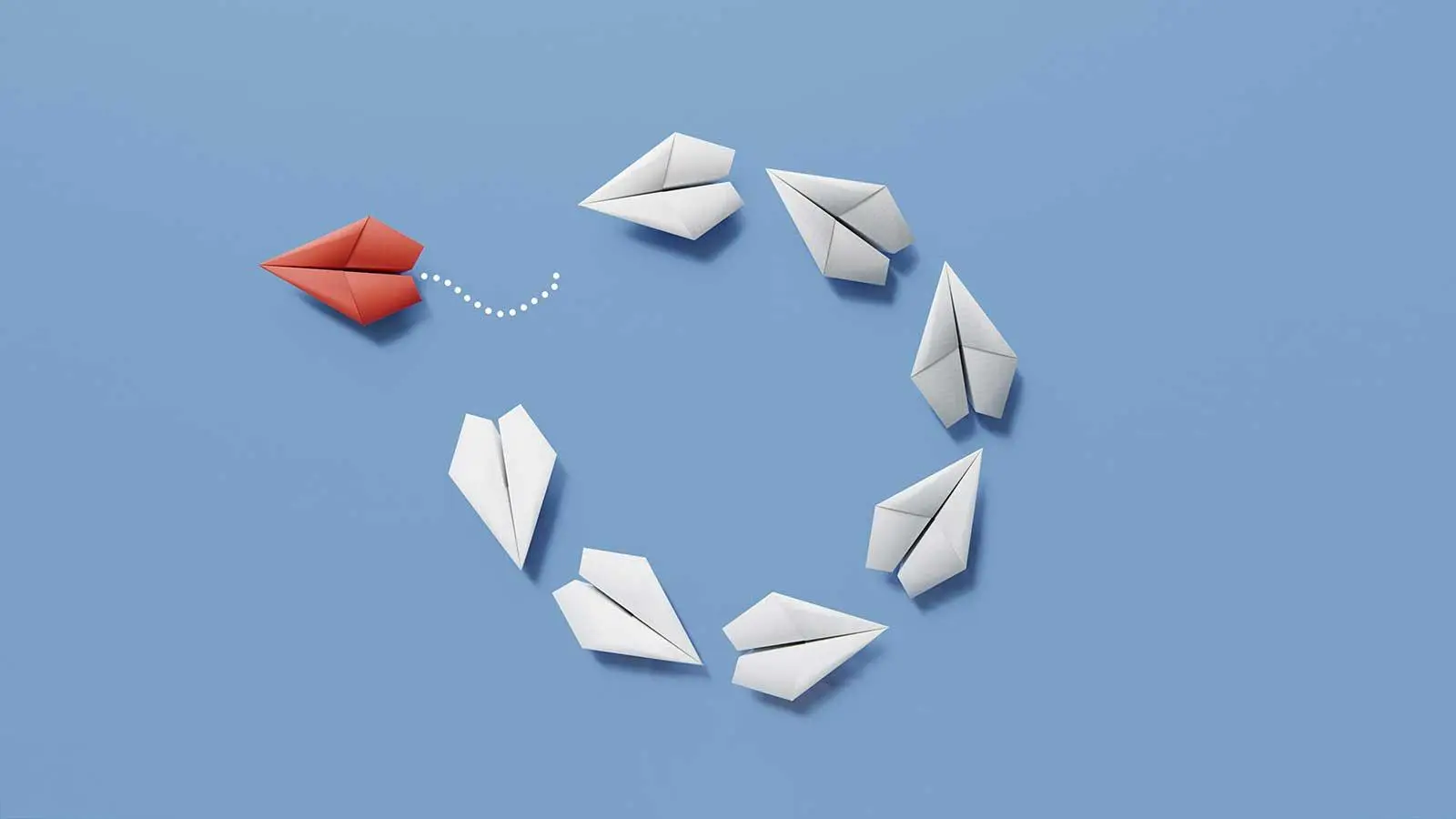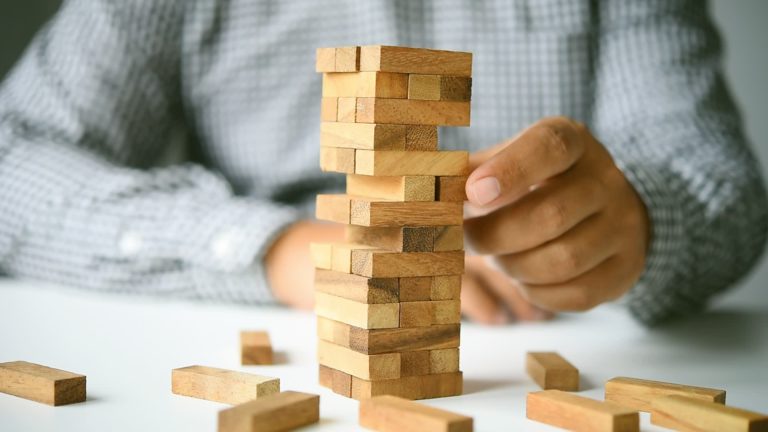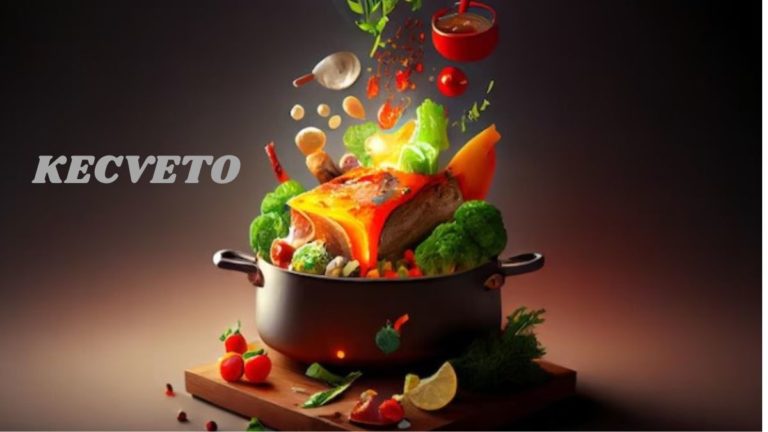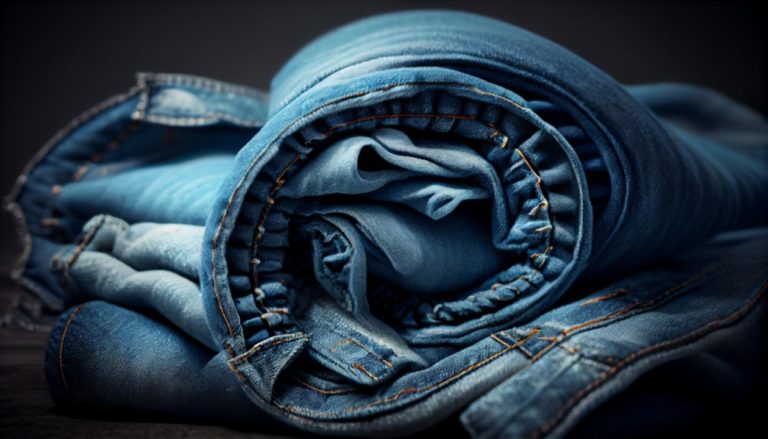What is Cruciais?
Introduction to Cruciais
Crucial, sometimes called critical thinking skills, encompass a set of cognitive abilities that enable individuals to impartially evaluate and analyze information to reach logical and rational conclusions. It entails the active and skillful ability to conceptualize, apply, dissect, integrate, and evaluate information gathered through observation, personal experience, reasoning, or communication.
Table of Contents
In our rapidly evolving world, where an abundance of information is readily accessible, fostering robust critical thinking skills is of paramount importance. The constant influx of data necessitates a swift assessment of its credibility and relevance.
Fundamentally, critical thinking entails actively challenging assumptions and biases while systematically examining evidence to form impartial conclusions. It requires a thorough exploration of information rather than passive acceptance.
Nurturing this skill empowers individuals to identify flaws in arguments, spot inconsistencies or logical errors, and discern manipulative techniques used in persuasive communication. Furthermore, it encourages a creative approach to problem-solving by considering multiple perspectives and exploring alternative solutions.
Effective decision-making is a central aspect of critical thinking. Employing rational methods, such as weighing the pros and cons and conducting cost-benefit analyses, enables individuals to make well-informed choices based on sound judgment rather than impulsive emotions.
Moreover, an analytical mindset enhances decision-making and boosts problem-solving efficiency by breaking complex issues into manageable components. This skill set proves invaluable in today’s information-rich landscape, enabling more informed and thoughtful responses to our challenges.
Definition and Origins of Cruciais
“Cruciais” originates in ancient Greece and is closely associated with decision-making and pivotal moments. Simply put, it signifies a crucial time when significant decisions become imperative.
This notion of “Cruciais” can be traced back to the philosophical writings of the ancient Greek philosopher Aristotle. His works describe these critical moments as decisive and impactful, often carrying significant consequences for individuals or societies.
The genesis of this term is intertwined with the Ancient Greeks’ belief in fate and destiny. According to their philosophy, the gods predetermined life, and there were specific moments when an individual’s choices could alter their preordained path. These crucial moments were viewed as opportunities for individuals to influence their destinies.
With time, the concept of “Cruciais” was further refined by various philosophers and intellectuals. The Stoics, in particular, emphasized the importance of making wise decisions during these pivotal moments. They believed that one’s character was tested during these times and that making virtuous choices would lead to a good life.
Throughout history, critical moments have made a lasting impact, appearing in literature, mythology, politics, and even religion. For example, Shakespeare famously alluded to pivotal moments in his play Julius Caesar when he wrote, “There is a tide in the affairs of men which, taken at the flood, leads on to fortune.”
Cosmic Significance of Cruciais
The cosmic significance of “Cruciais” has remained a source of fascination for astronomers, philosophers, and spiritual seekers across the centuries. From its ancient role in celestial navigation to its contemporary applications in self-discovery, “Cruciais” occupies a unique and enduring place within the vast expanse of the universe.
Historically, civilizations worldwide have recognized “Cruciais” as a powerful navigational aid. Ancient mariners depended on it for guiding their journeys across the open seas, while farmers used it to track the changing seasons, ensuring their harmony with the natural life cycles. Its distinct square shape, characterized by four main stars – Alpheratz, Caph, Schedar, and Ruchbah – has often been likened to a celestial compass.
Yet, the significance of “Cruciais” transcends its practical applications, carrying a deeper cosmic and spiritual meaning. This constellation holds profound symbolism in various cultures, signifying divine guidance and protection. In Hindu mythology, it serves as a gateway between heaven and earth, representing the transition from material existence to spiritual enlightenment.
In Greek mythology, “Cruciais” is tied to the story of Andromeda, a beautiful princess saved from sacrifice to Poseidon’s sea monster by Perseus. This narrative can be interpreted as a symbol of the triumph of good over evil and a reminder that we are never alone in facing life’s challenges.
Similarly, in Chinese astronomy, one of “Cruciais'” primary components, Barnard’s Star, is referred to as “Tianpei X.”
Ancient Beliefs and Practices Associated with Cruciais
Ancient civilizations across the globe have held deep-rooted beliefs and traditions connected to “Cruciais,” also known as “Cruciforms,” which are cross-like shapes. These symbols carry immense significance in diverse cultures, religions, and spiritual philosophies, with origins dating back thousands of years.
In ancient Egypt, the ankh symbol, distinguished by its cross-like shape with a loop at the top, held a sacred meaning, representing eternal life. It was often depicted in the hands of gods and goddesses and inscribed on tombs and temples, believed to be the key to unlocking the gates of heaven.
Norse mythology features the symbol of Thor’s hammer, Mjolnir, shaped like a cross with short arms extending from a central square. It symbolized protection against evil forces and fertility, worn by Viking warriors as a source of strength and courage amid battle.
Turning to Eastern cultures, the swastika, an ancient symbol in Hinduism, Buddhism, Jainism, Sikhism, and various other Indian religions, takes the form of a cross and symbolizes good fortune and well-being. Over millennia, it has adorned pottery, rock carvings, coins, textiles, architecture, jewelry, paintings, and doorways, among various aspects of life.
In Christianity, the crucifixion of Jesus Christ on the cross stands as one of the most profound events, symbolic of faith and redemption for believers. The crucifix is prominent in churches worldwide, serving as a poignant reminder of Jesus’ sacrifice to redeem humanity’s sins.
Modern Uses and Applications of Cruciais:
Having its origins in ancient history, Cruciais has seamlessly transitioned into the modern world, offering a multitude of applications and uses. It has made its mark in various fields, from medicine to essential contributions to industrial processes, establishing itself as a versatile and invaluable resource in contemporary society. Here are some of the prominent and cutting-edge ways in which Cruciais is employed today:
- Medicinal Uses:
In the contemporary context, one of the primary applications of Cruciais revolves around its medicinal attributes. This remarkable plant encompasses a diverse array of compounds that have shown efficacy in addressing a broad spectrum of health conditions. From mitigating inflammation and alleviating digestive ailments to supporting respiratory health and even contributing to cancer treatment, Cruciais plays a pivotal role in modern healthcare.
Cruciais leaves are used to formulate herbal teas and supplements to combat inflammation and relieve discomfort. Traditional medicine has a longstanding history of utilizing the roots and stems of this plant to effectively address digestive concerns such as diarrhea, bloating, and stomach ulcers.
Furthermore, recent scientific investigations have unveiled the potent anti-cancer properties found in Cruciais extracts, attributed to their rich antioxidant content. This discovery positions Cruciais as a promising natural solution for the prevention and treatment of specific types of cancer.
- Culinary Uses:
In addition to its medicinal qualities, Cruciais is widely embraced in the culinary world across diverse global regions. Its leaves, known for their subtle bitterness, provide a nutritional treasure trove, containing essential elements like vitamins A and C, as well as crucial minerals such as calcium, iron, and magnesium.
Controversies Surrounding Cruciais
Cruciais, more commonly known as cryogenic preservation, has been controversial since its emergence in the mid-20th century. While many view it as groundbreaking technology with the potential to save lives and reshape humanity’s future, others consider it a breach of ethical and moral boundaries.
One of the primary points of contention surrounding cruciais relates to the issue of consent. Cryopreservation involves the immediate freezing of the body or brain after death, hoping for revival once medical advancements address the underlying causes. However, questions arise about whether individuals undergoing cryopreservation provided informed consent for this procedure.
There have been cases where individuals who were terminally ill at the time of their passing had previously enrolled in cruciais without a comprehensive understanding of the process or its potential consequences. Additionally, in some instances, family members may choose to preserve their loved one’s body or brain without explicit permission. The absence of clear consent has raised concerns about individual autonomy and the ability to make informed decisions.
Another area of controversy related to cruciais centers on its significant cost. The procedure can be expensive, with fees ranging from tens to hundreds of thousands of dollars. This has prompted concerns about accessibility and equity, as only those with substantial financial resources can afford cryopreservation, exacerbating socioeconomic disparities.
Personal Experiences with Cruciais
Cruciais is a versatile and powerful tool that has significantly influenced the personal and professional journeys of many individuals. In this section, we will explore real-life stories of people who have utilized Cruciais and examine the profound changes it has brought to their lives.
Productivity and Time Management:
Many individuals have shared their stories of significantly improved productivity after incorporating Cruciais into their daily routines. Its interactive interface simplifies task organization, allows for setting reminders efficiently, and supports progress tracking, making it an invaluable tool for time management. An illustrative example comes from a user who, by creating a well-structured schedule with Cruciais, completed all tasks on time and even found extra time to pursue personal hobbies.
Better Decision-Making:
Cruciais offers a diverse array of features, such as goal setting, priority tracking, and task review, all of which are instrumental in enhancing decision-making skills. Users have testified to the significant impact of these features, underscoring how they have effectively heightened their ability to prioritize tasks. This, in turn, has led to more informed decision-making, proving valuable in both personal and professional aspects of life.
Goal Achievement:
Setting goals is essential, but turning them into achievements can sometimes be a daunting task. However, many users have recounted their experiences of how Crucuais has considerably eased this journey for them. Thanks to its user-friendly goal visualization and timely reminders, individuals have found themselves consistently motivated to progress toward realizing their desired objectives.
Conclusion: The Power of Cruciais in Today’s World
In the contemporary, high-speed, and competitive world, the concept of “Cruciais” holds immense importance. It encompasses critical thinking and decision-making skills that are essential for both personal and professional success. In a world flooded with information, strong Cruciais skills serve as a crucial tool for sifting through the clutter, distinguishing fact from opinion, and promoting well-informed decisions grounded in evidence rather than emotions or beliefs.
Beyond individual success, Cruciais also plays a vital role in nurturing a society that is less susceptible to misinformation and manipulation. It encourages a mindset that questions authority and advocates for transparency in decision-making, ultimately contributing to a more informed and responsible society.






